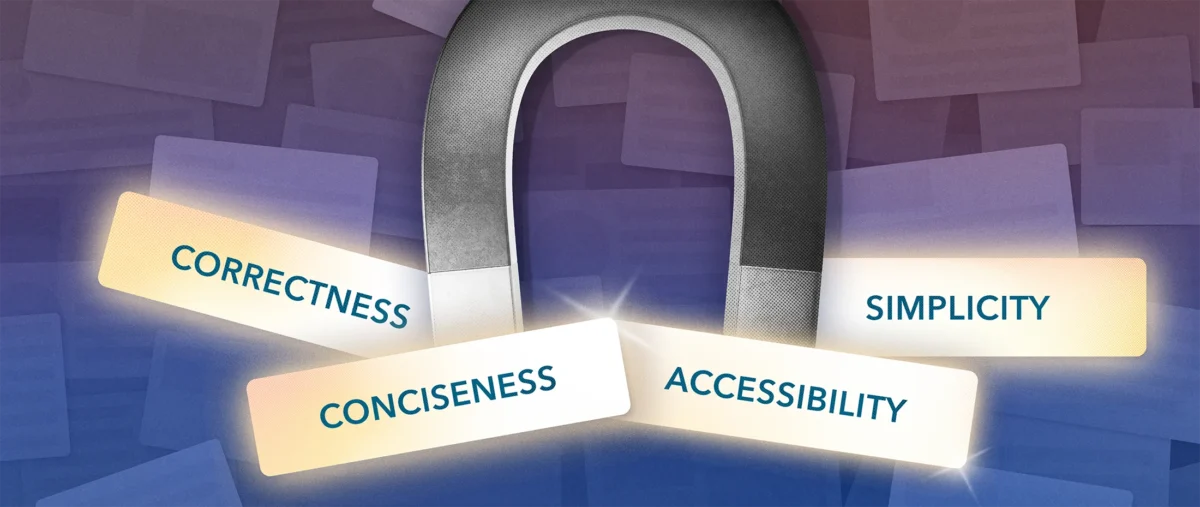Smart leaders are talking to their employees. A lot. SJR’s first Leaderboard report, which ranks the reputation of the top 100 Fortune and FTSE CEOs since the start of the pandemic, found that those who came out on top spoke to their people in calm, actionable terms—in detail and often.
But now that CEOs have a strong mandate to build a more inclusive culture across a physically distanced workforce, let’s not forget the fine art of listening.
Some voices rise above the choir. There will always be employees who broadcast their needs or advocate directly for change. Savvy managers are grateful for the feedback.
But what about people who blend in so harmoniously that their individual voices are never registered? Or those who are quiet, afraid to speak up, or uninterested in becoming the unofficial spokesperson for a marginalized group?
If you want truly engaged workers, a factor that correlates with performance outcomes such as profitability, productivity, customer perceptions and retention, you need strategies for picking up on all frequencies.
Just ask them
The larger the organization, of course, the harder it is to get input from everyone. Anonymous surveys are a great place to start, but small group discussions can go deeper and yield more-valuable insights. Ask managers to lead talks on how the workplace could be improved and have them report back to you.
Once you’ve reflected on particular people or groups you might be tuning out, contact them directly. Don’t just ask them how the company’s doing in the culture department— find out what they need to be more comfortable and content at work.
Acknowledge the power of personality
Diversity and inclusion efforts center around groups for the obvious reason that certain segments of society (e.g., people of color, those who identify as LGBTQIA+, persons with disabilities, women) have faced years of systemic and well-documented discrimination at work.
But while an employee’s group identity surely shapes how they are seen and how they see themselves, each also has a unique personality that intersects with their other identities and influences their career trajectory.
Consider the introvert: Often mischaracterized as antisocial or lacking in ideas, they can be very good information processers and excellent observers. Or think about “low-maintenance” types who complete assignments with minimal questions or updates. They’re productive, but, particularly if they are remote, could easily be passed over for potential opportunities by managers simply because they’re not in everyone’s faces the way more assertive or dramatic team members might be.
Make it clear to your employees that you don’t only value those who dominate meetings and send all-org emails. Talk up the virtues of team members who support rather than drive, who reflect before acting and who work hard without fanfare.
Triangulate
Most people want to be heard, but that doesn’t mean they want to be put on the spot, especially by a boss. And while attitudes toward employees with, for example, a mental health issue or a physical illness have swung significantly toward acceptance and support, you can’t expect everyone to want to disclose personal struggles. It is still a risk to do so, and, touching back on the personality point, as much as some people want to bring their entire selves to work, others prefer to maintain a private life.
That’s where the technique of asking some of your employees how others could be included more comes in. Put out a general query about how the office could better accommodate parents. Start a brainstorm about easing stress in uncertain times. Ask how the organization can make sure people from underrepresented groups are getting the opportunity to network and advance.
Then, listen carefully before you respond.






